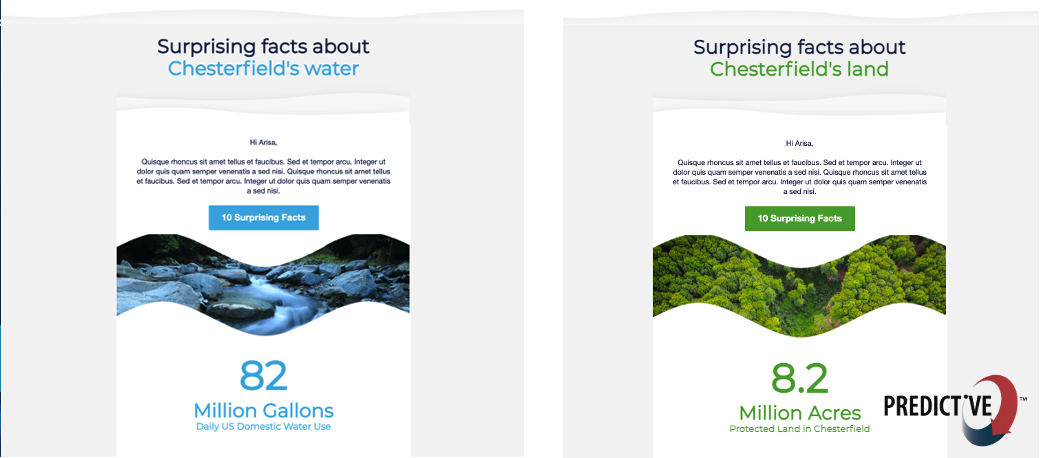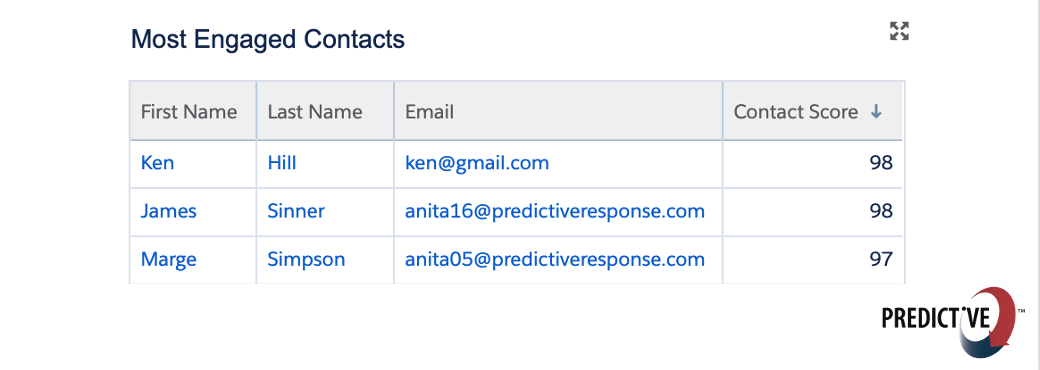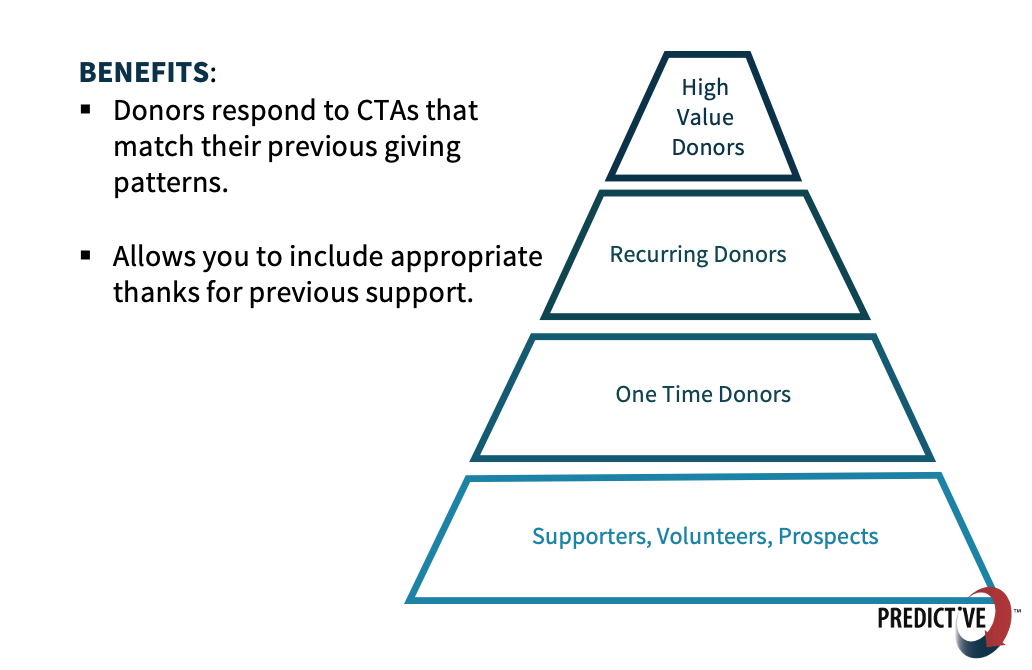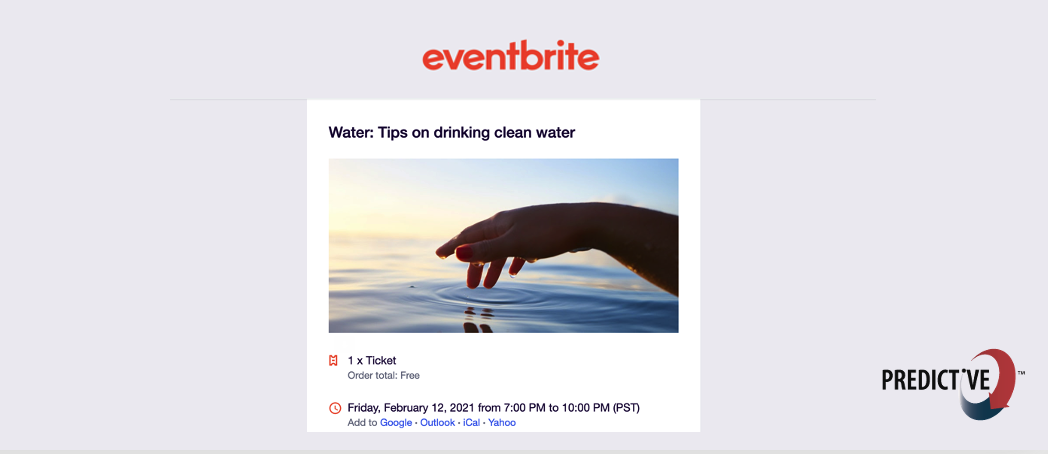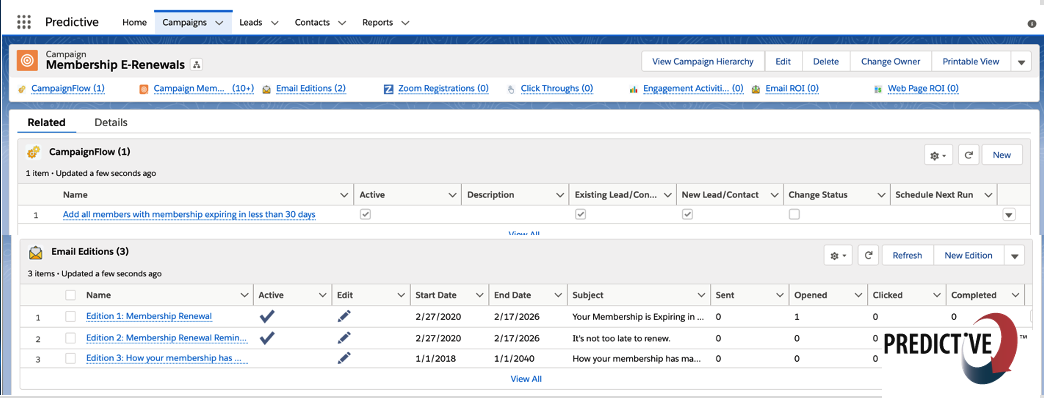For any non-profit based organization, saving money, having connections, raising funds is key to managing everything for the social causes. Non-profits cannot afford to ignore the role of Salesforce CRM.
Salesforce implementation leads to commendable results for non-profits in all of its functional domains. The organizations have an increased capability to achieve their mission.
Below are seven Salesforce data fields you need to increase your donor base.
1. Newsletter Opt-in
The first Salesforce data field is the monitoring of the Newsletter Opt-in. It is recommendable that you set this field either as a checkbox or text field.
The open rate for welcome emails is as high as 4x, while the click-through rate is also higher on average. When a person signs up, send an instant email on the spot.
Secondly, create a welcome email series campaign since it helps you introduce your organization. Besides, you can collect the recipient information by monitoring the most interesting links to them.
Thirdly, you can direct the subscribers to valuable content using instant email. When they find your organization, they get interested in knowing more about you.
In this stage, you can assist by sending relevant information to them.
2. Interest
You can set up an Interest field as a picklist or text field in Salesforce. Personalization strongly impacts the advancement of customer relationships, according to 74% of marketers.
Therefore, it is important to send content that interests your recipient instead of a general email. Personalization of content results in a higher open rate by 50% and a higher click rate by 41%, which improves the deliverability of all your emails in the long term.
See 20+ ways you can personalize your email content.
3. Contact Score
Contact score or lead score is the third Salesforce data field you need to increase your donor base. It is a simple figure that runs up or down based on the interaction between contacts and your non-profit organization.
If you don't have a contact score system, it is possible to use manual data. This field is important since you only want to send a call to action when to those with a high lead score.
Tracking the contact score will help you understand who your most engaged constituents are at any point in time. It's important to ask constituents to take action when they are interested and engaged.
4. Donor Level
This field involves monitoring the donor level; you can set it up as a picklist or text in Salesforce. If you are using NPSP, Donor level is a standard field. It's always best to first use the standard fields in your Salesforce.
It is crucial to adjust your communication and content based on your donor level. Consider their preferences, e.g., whether they like to text, phone calls, or email.
The email you send to high-level donors should differ from the one you send to the small one time donors.
5. Events Attended
You can track this data field through the Campaign Member status Salesforce field. Most event management platforms that integrate with Salesforce will let you track events attended. It is important to engage your event attendees since 74% are more likely to donate after an event.
Monitor your event statistics to get more attendees in your future events. You can get your events data into Salesforce through manual upload, event management integration, and third-party connector, e.g., Zapier.
If you are using Eventbrite, check out Eventbrite Fusion. It allows you to seamlessly sync your Eventbrite data into Salesforce and track your event attendance and success.
6. Renewal Date
Tracking the renewal date helps you to increase the recurring donors while decreasing lapsed donors. An average recurring donor gives 43% more in a year than those who donate one-time gifts.
On the other hand, a lapsed donors are the ones who have not donated in the past 12 months. Their average recapture rate is 5%. Meaning, it is hard to win back a donor who has become a lapsed donor.
According to our customer report, donors are grateful when you send reminders; otherwise, they might forget. You can set up an e-renewal campaign around 60 or 30 days from the annual renewal date.
7. Last Donation
This is also a standard NPSP field. If you don't use NPSP, set it up as a custom date field in Salesforce.
It is the last field you need to increase your donor base. Since the average recapture rate of lapsed donors is 5%, keep in mind when your donations are about to become 12 months old and proactively reach out to them.
Most donors are more likely to donate around the same time that they have donated in the past. If they haven't donated again, ask them for a donation 60-30 days before they become a lapsed donor.
Take Action
If you use Salesforce, Predictive Marketing helps you gather data, know what to look for, and crafting emails that bring a change. At Predictive Response, we offer the best email deliverability rates to non-profits seeking to send mass emails from Salesforce.
If you want to learn more about our Predictive Marketing application, please visit our site today.

